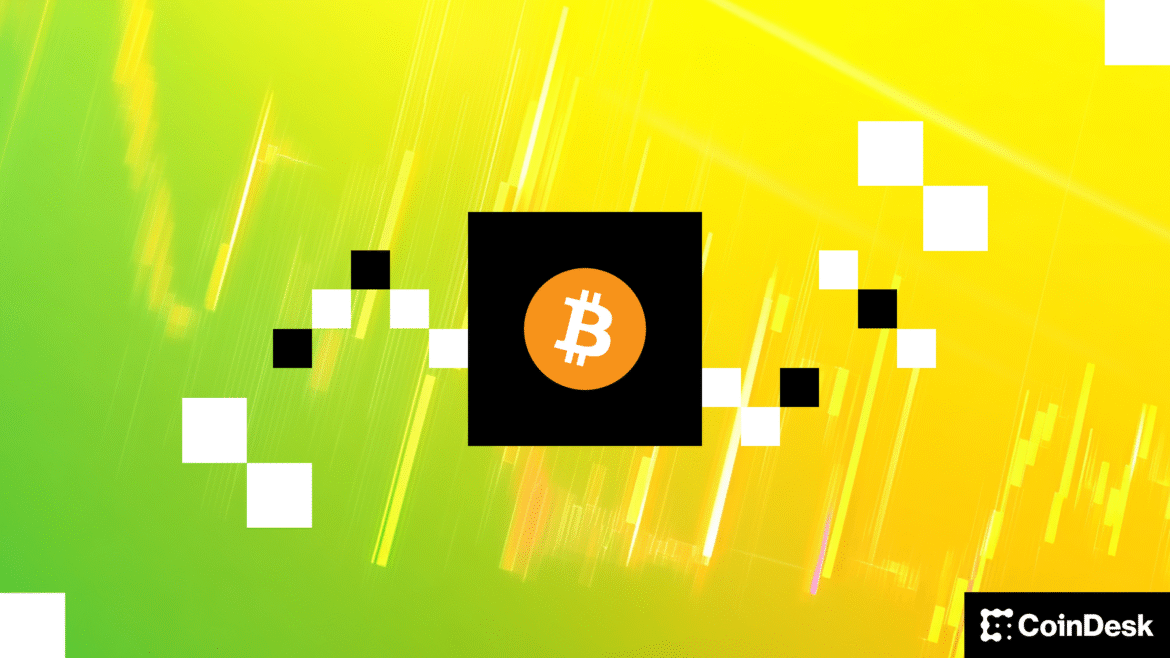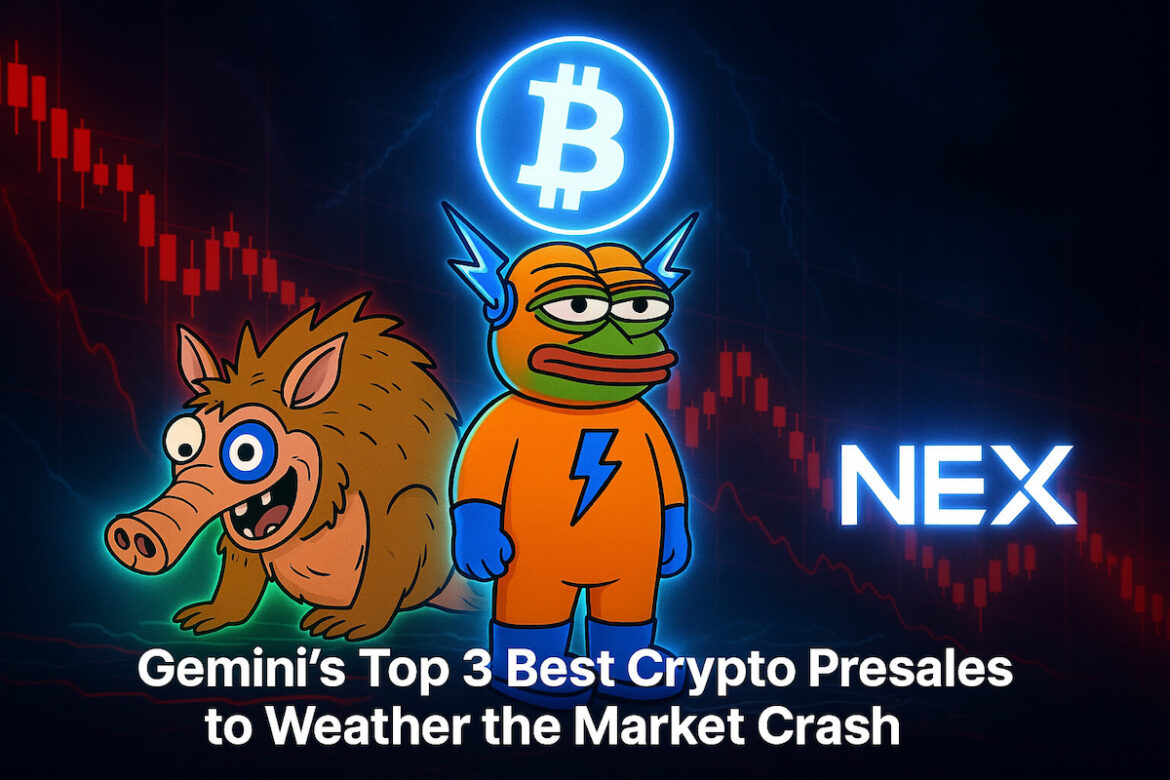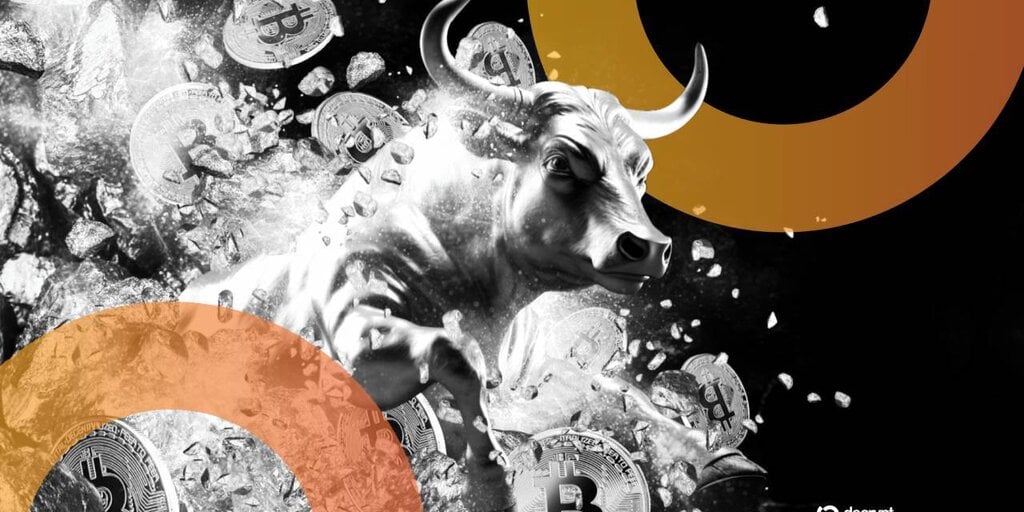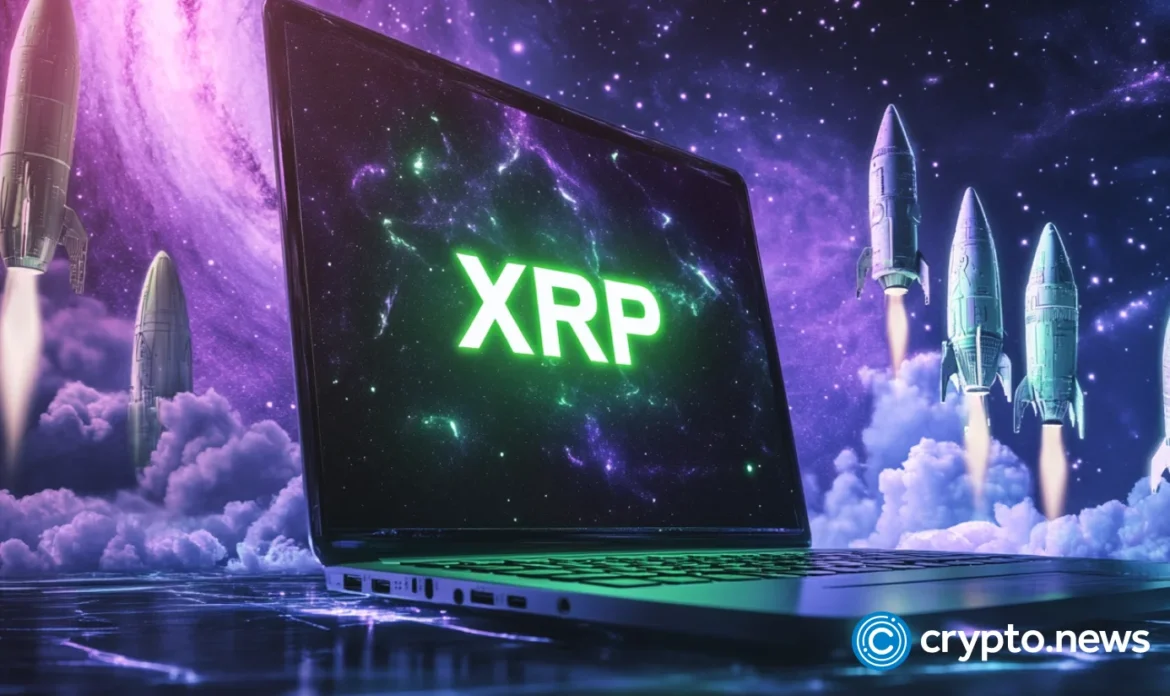Trusted Editorial content, reviewed by leading industry experts and seasoned editors. Ad Disclosure
Cheongju city authorities have moved to collect unpaid local taxes by seizing cryptocurrencies from residents, according to reports. Since 2021, officials say they targeted 203 people who failed to pay local levies.
Of those, crypto from 161 individuals was already frozen or taken, with the city estimating the recovered value at about 1.5 billion won (roughly $1.1 million).
City Opens Exchange Account
According to city statements, Cheongju created a trading account on a domestic crypto exchange to make seizure and conversion easier. The change matters because it lets officials not only freeze assets but also sell them and apply the proceeds to overdue tax bills.
Officials told reporters they now have a clearer path to turn crypto holdings into cash for tax recovery.
How The Seizures Are Carried Out
Reports describe a multi-step process. Tax offices identify residents with unpaid bills. They then request information from exchanges to see whether those people hold virtual assets.
When ownership is confirmed, exchanges are ordered to suspend transactions or to transfer the assets to the municipal account. If the taxpayer does not settle the debt, the city may liquidate the holdings and use the proceeds to cover what is owed.
As of today, the market cap of cryptocurrencies stood at $3.85 trillion. Chart: TradingView
Other Local Governments Have Taken Similar Steps
Several other South Korean cities and districts have used similar tactics. Jeju City investigated 2,962 people for unpaid taxes and found 49 of them holding crypto worth about 230 million won.
Jeju’s wider unpaid-tax list totaled about 19.7 billion won. Gwacheon, in Gyeonggi Province, built an “electronic virtual asset seizing system” and has recovered roughly 300 million won over recent years, targeting residents who owe more than three million won in local taxes.
Paju sent notices to 17 people who owed about 124 million won and has previously seized around 100 million won in similar cases.
Implications And Concerns
The moves underline how local governments are pressing exchanges for data and exercising legal powers to collect taxes. Some citizens and observers worry about transparency and due process.
Questions include how quickly exchanges must act, whether taxpayers receive fair notice, and how volatility is handled when assets are sold. Reports also note growing use of data tools, including AI, by some cities to find undeclared holdings.
City Officials Say They Want Compliance
Based on reports, city leaders framed the actions as an effort to stop tax evasion through virtual assets. They have warned residents that cryptocurrency cannot be used to hide from tax obligations.
Still, legal challenges could arise, and appeals from affected residents may push some cases into the courts.
Featured image from Unsplash/Matthew Schwartz, chart from TradingView
Editorial Process for bitcoinist is centered on delivering thoroughly researched, accurate, and unbiased content. We uphold strict sourcing standards, and each page undergoes diligent review by our team of top technology experts and seasoned editors. This process ensures the integrity, relevance, and value of our content for our readers.










